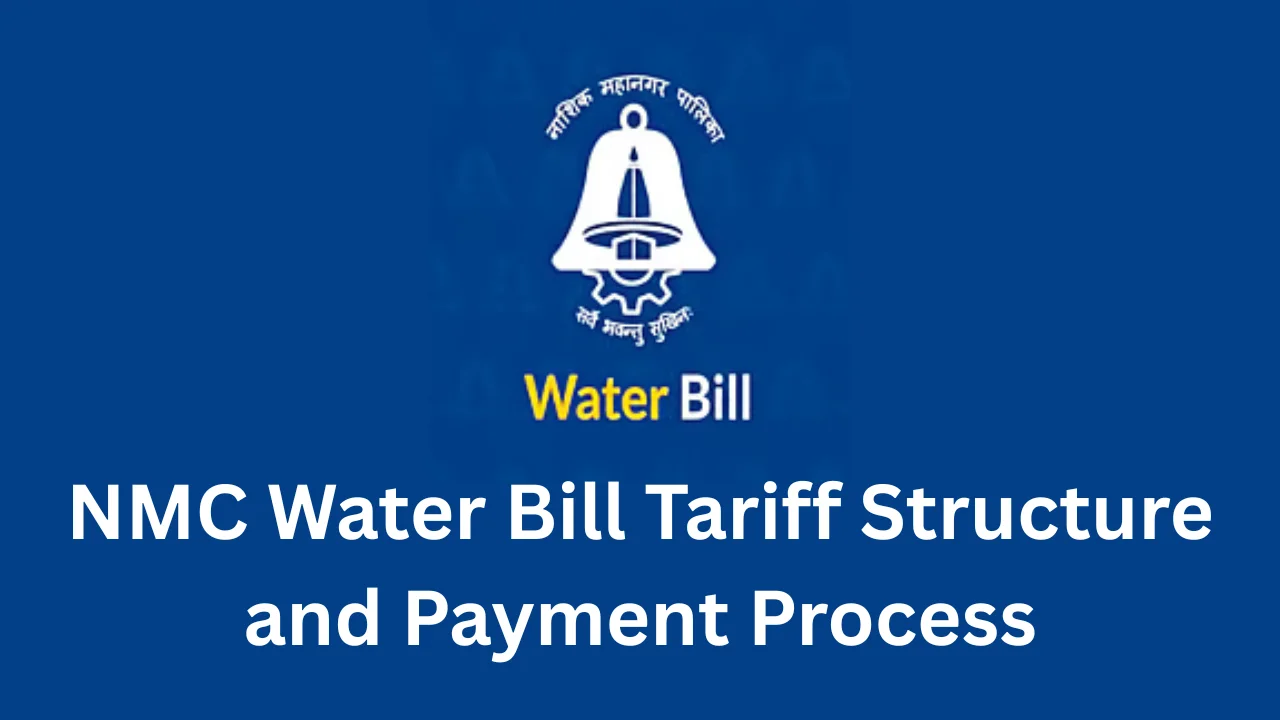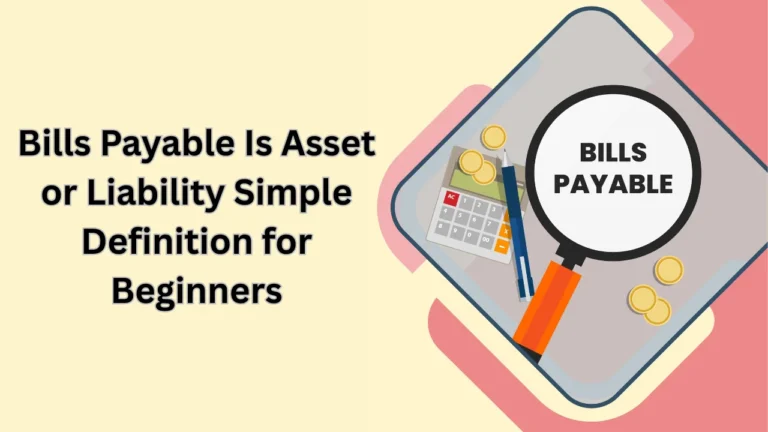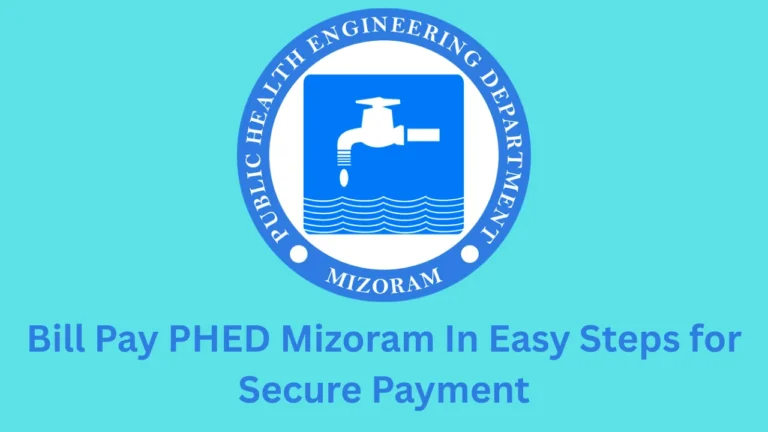Managing household utilities is an important part of every citizen’s life. Among these, the NMC water bill plays a key role in ensuring proper access to clean and safe drinking water. In cities where the NMC (Municipal Corporation) manages the water supply, residents receive a bill that outlines their consumption and charges. People often compare it to other financial services, like checking balances in banks through tools such as zila sahkari bank balance check number, because both involve monitoring essential utilities and funds regularly.
What Is the NMC Water Bill?
The NMC water bill is a structured document generated by the Municipal Corporation for residents and businesses. It records the total water consumed in a billing period, calculates the cost, and presents the amount due. This bill also shows details such as consumer number, connection type, meter reading, and arrears if any.
The Municipal Corporation uses these funds to maintain water pipelines, improve infrastructure, and ensure continuous supply. Without regular payments, the system would not be sustainable, as the charges directly support repairs, purification, and distribution facilities.
Why the NMC Water Bill Matters for Residents
For residents, the water bill is more than a piece of paper. It represents responsibility toward the community and a contribution to civic services. Paying the bill on time avoids penalties and ensures a smooth water supply without disruption.
Another major reason for its importance is transparency. Consumers can see how much water they are using, how charges are calculated, and whether they need to reduce usage. The bill becomes a tool for awareness and accountability.
Components of the NMC Water Bill
Every water bill has sections that inform the consumer about charges and payments. These parts include:
Consumer ID: A unique number assigned to every connection.
Meter Details: Information on old and new readings with units consumed.
Billing Amount: Current charges for the water used.
Arrears: Past unpaid bills if any.
Due Date: The deadline for payment to avoid late fees.
Below is a table that explains these sections clearly:
| Section | Details Provided | Importance |
|---|---|---|
| Consumer ID | Unique number for identification | Helps track payment history |
| Meter Reading | Old and current reading with usage units | Shows consumption level |
| Billing Amount | Charges based on usage and tariff | Main payable amount |
| Arrears | Any pending dues from previous months | Must be cleared to avoid disconnection |
| Due Date | Last day to submit payment | Helps avoid penalties and fines |
How to Pay the NMC Water Bill
With digital growth, paying the water bill has become easy. Residents can choose from online and offline methods depending on convenience.
Online methods include:
NMC official website for payment.
Authorized mobile apps.
Net banking and UPI options.
Offline methods include visiting municipal offices or designated counters where cash, cheque, or card payments are accepted.
The table below shows the comparison:
| Mode | Platforms Used | Advantage |
|---|---|---|
| Online | Website, mobile apps, UPI, netbanking | Fast, can be done from home |
| Offline | Municipal counters, collection points | Useful for people not using digital tools |
Common Challenges with the Water Bill
Sometimes, consumers face issues with their water bill. Common challenges include delayed bills, wrong meter readings, or website downtime during peak days. If these issues occur, residents can contact the NMC helpline or visit the nearest office.
To solve disputes, citizens should keep proof of previous payments. Receipts, SMS confirmations, or screenshots of online transactions can help resolve errors quickly.
Digital Transformation of the Water Bill
In recent years, the NMC has modernized its billing system. Residents can now download bills online, get SMS reminders, and even set auto-payments. This digital shift has reduced errors and increased transparency.
People find it similar to checking financial details like the bank of maharashtra balance check number, where digital access makes things faster and more reliable. These advancements save time and improve consumer experience.
Benefits of Paying the NMC Water Bill Online
Paying the NMC water bill online offers many benefits. Consumers do not need to stand in long queues. They can make payments 24/7 from anywhere. It also allows instant confirmation through SMS or email.
Additionally, the online system stores payment history. This makes it easy for people to track old bills, which is useful for property transfers, audits, or legal needs.
Steps to Download and View the NMC Water Bill Online
To view or download the NMC water bill, consumers can follow these steps:
Visit the official NMC water portal.
Enter consumer ID or registered mobile number.
Select the billing cycle.
View or download the bill in PDF form.
Choose an online method to complete payment.
This simple process saves time and helps residents stay on top of their obligations.
Tariff Structure of the NMC Water Bill
The cost of water varies depending on connection type and consumption. Domestic users pay less compared to commercial and industrial users.
| Connection Type | Rate Per 1000 Liters | Minimum Monthly Charges |
|---|---|---|
| Domestic | ₹5 – ₹10 | ₹100 – ₹200 |
| Commercial | ₹15 – ₹20 | ₹500 – ₹1000 |
| Industrial | ₹25 – ₹30 | ₹1500 – ₹3000 |
This tariff structure ensures fairness, with heavier users contributing more to system upkeep.
Future of the NMC Water Bill
The NMC water bill system is expected to improve further with smart meters and mobile notifications. Smart meters will track real-time usage and send instant updates to consumers. This will reduce billing disputes and encourage responsible water use.
There are also plans to integrate eco-friendly incentives, such as discounts for households that save water. Such initiatives will make the billing process not only about charges but also about sustainability.
Importance of Awareness Among Citizens
Awareness plays a crucial role in the success of the NMC water bill system. Citizens must understand that paying bills is not just about money, but about supporting infrastructure that benefits everyone.
Workshops, campaigns, and online awareness drives are important in educating people about digital methods, water conservation, and timely payments.
Conclusion
The NMC water bill is a vital part of civic management, ensuring clean water supply and maintaining infrastructure. By paying it on time, residents contribute to better services and sustainability. Digital methods have made payments more convenient, transparent, and accessible. With future advancements like smart meters, the system is set to become even more consumer-friendly.
For every citizen, understanding the bill, paying it regularly, and conserving water are responsibilities that support the entire community. Just as we check our bank details for security and tracking, monitoring the water bill is equally important for a smooth life in the city.




